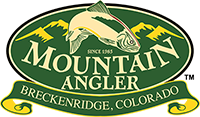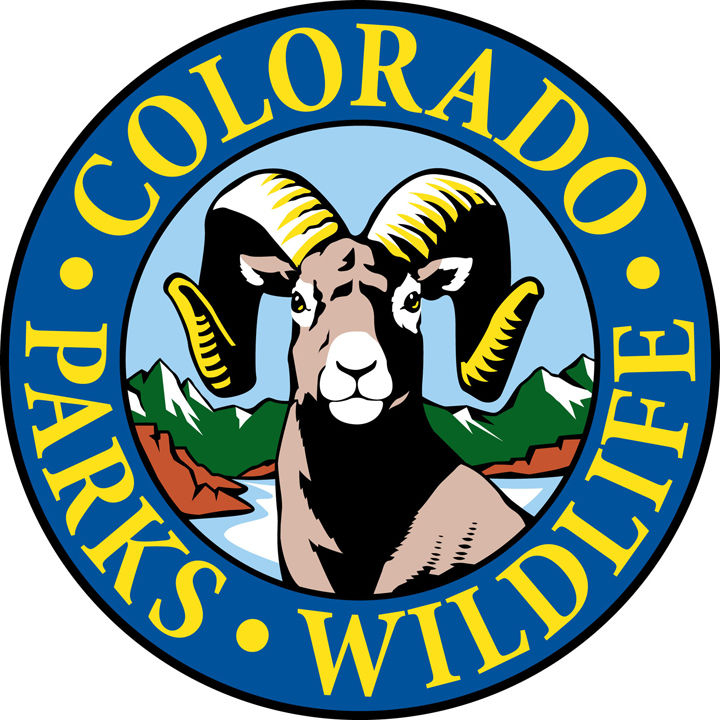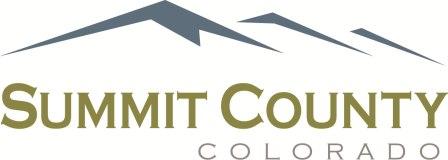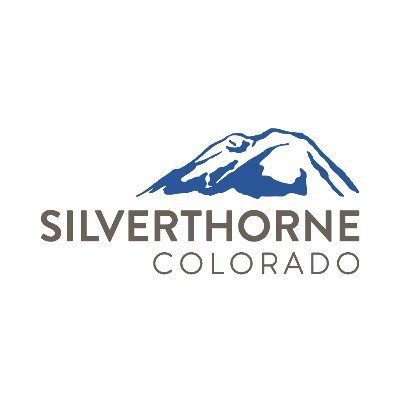Public and Private Natural Resources

I think of forests and natural wonders mainly in terms of public land. Here in Summit County, CO the amount of forested public land managed by the United States Forest Service (USFS) is approximately 80%. That is higher than the overall percentage across Colorado.
According to the Colorado State Forest Service (CSFS) “Approximately 65% of Colorado’s forests are in federal ownership; the primary land manager is the U.S. Forest Service with 47 percent or 11.3 million acres. Nearly three-quarters of the state’s high-elevation species such as spruce-fir, lodgepole pine and aspen are located on USFS lands. The Bureau of Land Management oversees an additional 17 percent or 4.2 million acres, primarily in the state’s lower elevation piñon-juniper and oak shrubland forests. The National Park Service has responsibility for 380,925 acres or 2 percent of Colorado’s forests; most of these lands are within the borders of Rocky Mountain National Park.”
That 65% is higher than the overall percentage across the US where it is 69% non-federally managed and split among tribal, state, municipal and private entities. According to the American Forest Foundation, 39% of forests are owned by private families and are no less important for ecological services such as clean air, water, and carbon capture.
One of the major challenges for modestly sized private landowners is technical expertise. They typically do not have staff to include biologists, hydrologists, and silviculturists. A silviculturist applies different treatments to make forests more productive and more useful to a landowner and society on a sustainable basis.
FOLBR recognizes this and is working to foster our vision for public and private partnerships to address ecological issues that transcend jurisdictional lines. The noxious weeds do not know who owns or manages the land. The beautiful avian species as well as the beautiful land animals do not recognize these boundaries either.
Through our Safe Soils/Climate Resiliency Initiative, we will boldly formulate projects that span the landscape with these partnerships for scale and real ecological impact. The Lower Blue River Valley is a place we all hold dear and one with a dynamic future in conservation and stewardship.
Tom Koehler















